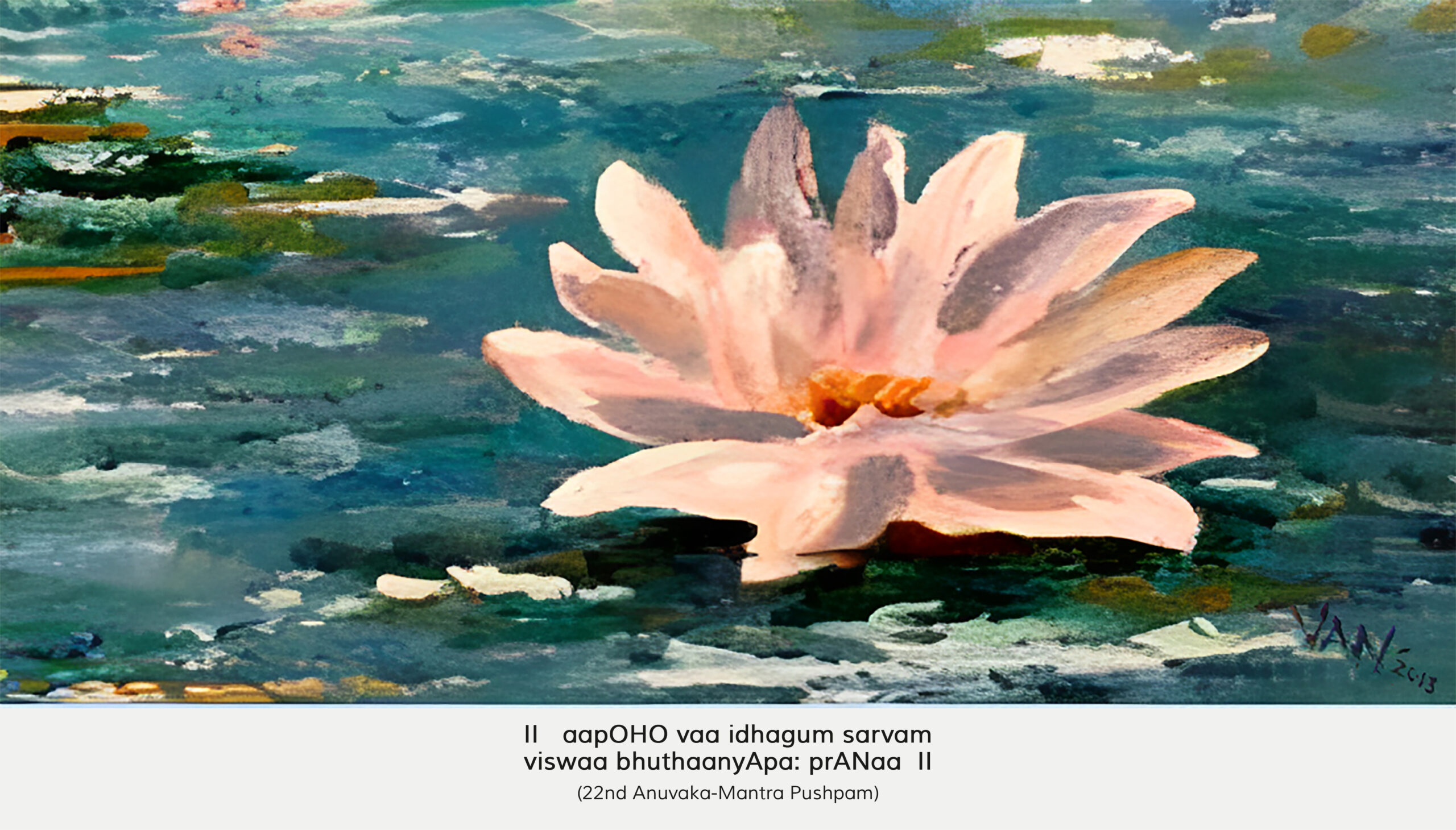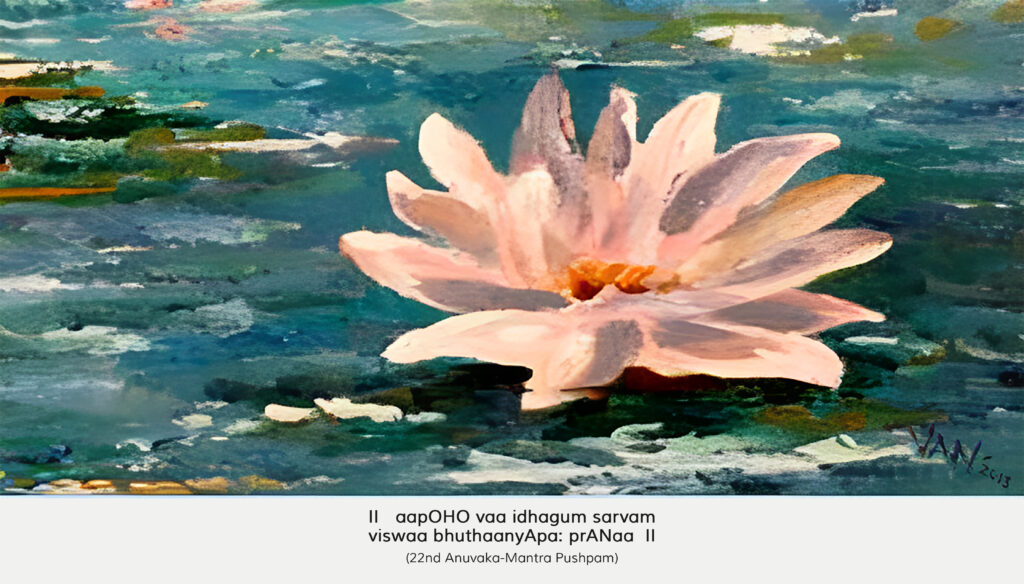

Table of Contents
Hyderabad, like many urban centers, is facing a growing water crisis. This situation is caused by a complex interplay of factors:
Climate Change:
The El Niño effect disrupts rainfall patterns, leading to less surface water in the southern Pacific Ocean. Additionally, Hyderabad’s temperatures are rising, with a 30-40°C increase observed from 2023 to 2024. Urban areas, due to the “urban heat island” effect, tend to experience even higher temperatures, further exacerbating water scarcity.
Human Activity:
Overuse and Wastage:
Residents and industries alike are simply using more water than can be naturally replenished. Leakages in aging infrastructure, inefficient irrigation practices in agriculture, and a general lack of awareness about water conservation all contribute significantly to this problem. For example, a single leaky faucet can waste hundreds of liters of water per month. Similarly, inefficient agricultural practices, such as flood irrigation, can waste a significant amount of water through evaporation and runoff. Additionally, many residents may not be aware of the water footprint of everyday activities, such as taking long showers, washing clothes frequently, or watering lawns excessively. By promoting water-saving practices and investing in infrastructure upgrades, Hyderabad can significantly reduce its water consumption.
Overuse of Aquifers:
Excessive reliance on groundwater pumping for residential, industrial, and agricultural uses depletes these underground reserves faster than they can be refilled through natural processes like rainfall infiltration. This can lead to a cascade of negative consequences, including:
Lowered water tables
As water is pumped out faster than it is replenished, the water table (the upper surface of the groundwater) declines. This makes it more difficult and expensive to extract water in the future.
Saltwater intrusion:
In coastal areas, excessive groundwater pumping can draw saltwater from the ocean into the aquifer. This contaminates the freshwater supply and makes it unusable for most purposes.
Land subsidence:
In extreme cases, the removal of large quantities of water from an aquifer can cause the ground above it to subside (sink). This can damage buildings, roads, and other infrastructure.
Urbanization:
Excessive concretization for development replaces natural landscapes with impermeable surfaces like roads, sidewalks, and buildings. This prevents rainwater from infiltrating the ground and replenishing aquifers. Instead, rainwater runs off quickly into storm drains, overloading the drainage system and increasing the risk of flooding. Rapid urbanization often leads to the destruction of wetlands, which naturally absorb and filter rainwater. The loss of these vital ecosystems further disrupts the natural water cycle and reduces Hyderabad’s capacity to store water.
These factors have led to a significant drop in groundwater levels, as evidenced by the 7-meter decline in Abdullapurampet from 2023 to 2024.
SUSTAINABLE SOLUTIONS FOR A WATER-SECURE HYDERABAD
To address this crisis, Hyderabad needs to embrace a multi-pronged approach that is both effective and enduring. Here are three promising solutions that prioritize cost-effectiveness, sustainability, and community involvement:
Sponge City:
This nature-based solution mimics a sponge. It allows rainwater to infiltrate the ground slowly, replenishing aquifers and reducing runoff. This process involves:
Permeable Surfaces:
Encouraging the use of permeable pavements, green roofs, and bioswales in construction projects. These surfaces allow water to soak into the ground instead of running off into drains.
- Permeable pavements can be made from a variety of materials, including interlocking concrete pavers with gaps filled with gravel or crushed rock, porous asphalt, and even grass pavers. These surfaces allow rainwater to infiltrate the ground, replenishing aquifers and reducing strain on storm drains.
- Green roofs are vegetated rooftops that absorb rainwater and release it slowly through evaporation and transpiration. They also provide insulation, reduce noise pollution, and create habitat for wildlife.
- Bioswales are shallow, landscaped depressions designed to collect, treat, and infiltrate stormwater runoff. They are typically planted with a variety of native vegetation that filters pollutants and promotes infiltration.
Rainwater Harvesting:
Implementing rainwater harvesting systems at the individual and community level can significantly reduce reliance on municipal water supplies. Rainwater can be collected from rooftops, driveways, and other impervious surfaces and stored in tanks or cisterns for later use. Collected rainwater can be used for a variety of non-potable purposes, including irrigation, toilet flushing, laundry, and car washing. This can significantly reduce the demand for treated municipal water, especially during periods of drought. There are several different types of rainwater harvesting systems that can be implemented depending on the scale and budget. Simple systems may involve a single barrel collecting rainwater from a downspout. More complex systems may involve multiple storage tanks, filtration systems, and pumps to distribute the collected water throughout a building or community. The feasibility and effectiveness of a rainwater harvesting system will depend on factors such as the amount of rainfall in the area, the size of the collection surface, and the intended use of the collected water. However, even small-scale rainwater harvesting systems can make a significant contribution to water conservation efforts.
Detention and Retention Ponds:
Creating temporary storage for rainwater in natural or man-made structures like ponds or constructed wetlands can significantly benefit Hyderabad’s water security. Detention ponds are designed to hold stormwater runoff for a short period of time, allowing for controlled release to prevent flooding. Retention ponds, on the other hand, are designed to store water for a longer period, allowing it to slowly infiltrate the ground or be reused for irrigation or other non-potable purposes. These ponds can be strategically located throughout the city in parks, green spaces, or even on rooftops. Incorporating native plants and creating a naturalized appearance can enhance the aesthetics of these ponds and provide habitat for wildlife. The careful design and integration of detention and retention ponds can play a crucial role in managing stormwater runoff, reducing the strain on drainage systems, and providing a valuable source of water during dry periods.
Blue-Green Vein:
This concept envisions a network of green spaces and water channels that harvest excess stormwater. The process involves:
Water Purification:
Treating the collected water through a variety of methods can make it suitable for reuse in a range of applications. One approach is filtration using sand, gravel, and activated carbon. This process removes physical impurities, suspended solids, and some bacteria and pathogens. Another option is disinfection with ultraviolet light or chlorine. Disinfection destroys harmful microorganisms that can cause waterborne diseases. The choice of treatment method will depend on the intended use of the purified water. For example, water used for irrigation may only require basic filtration to remove debris and sediment, while water used for toilet flushing or laundry may require a higher level of treatment to ensure it is safe for human contact.
Wetland Development:
Creating or restoring wetlands around the channels provides multiple benefits. Wetlands act as natural filters, removing pollutants and improving the quality of the collected water. The diverse plant life in wetlands helps to break down organic matter and reduce pathogens. The root systems of wetland plants also help to stabilize the soil and prevent erosion. In addition to water filtration, wetlands provide valuable habitat for a wide variety of birds, insects, amphibians, and other wildlife. They can also serve as recreational areas for residents, offering opportunities for bird watching, hiking, and nature appreciation. A well-designed blue-green vein incorporating restored wetlands can create a beautiful and functional green corridor within the city, enhancing both its ecological health and its livability.
This approach provides multiple benefits: water security, improved air quality, and urban cooling through the creation of green spaces.
Restoring Historic Stepwells:
Hyderabad has a rich history of stepwells, multi-level structures that store rainwater and provide access to groundwater. These traditional systems offer a low-cost and sustainable solution for water conservation. Revitalizing these stepwells involves:
Restoration:
Repairing and restoring the structural integrity and functionality of the stepwells is crucial. This may involve cleaning and repairing the steps, walls, and platforms; strengthening foundations and support structures; and clearing debris from the well itself. Ensuring the well lining is watertight and free of cracks is essential to prevent contamination and maximize water storage capacity. Additionally, restoring any historical or architectural features of the stepwell can enhance its cultural significance and community value.
Integration with Rainwater Harvesting:
Stepwell designs can be modified to incorporate rainwater harvesting systems. Rooftops of nearby buildings can be directed to channel rainwater into the stepwell through a filtration system. This can significantly increase the water storage capacity of the stepwell and reduce reliance on external sources. Additionally, runoff from surrounding paved areas can be diverted into the stepwell through carefully designed collection channels. This approach ensures that rainwater is captured locally and stored for future use, minimizing waste and maximizing the benefits of each rainfall event.
Community Management:
Engaging local communities in the management and maintenance of stepwells fosters a sense of ownership and responsibility for this valuable resource. Community members can be trained in basic maintenance tasks, such as cleaning the steps and surrounding areas, monitoring water levels, and reporting any damage. Additionally, involving the community in decision-making processes related to stepwell restoration and use can help ensure that these structures meet the needs of the local population. Educational programs can be organized to raise awareness about the history and importance of stepwells, encouraging residents to become stewards of these cultural and water conservation landmarks.
Stepwells can provide a reliable water source for nearby communities, especially during droughts. They also serve as cultural landmarks and reminders of the city’s rich history.
ADDITIONAL STRATEGIES FOR A WATER-SECURE FUTURE
In addition to the core solutions outlined above, Hyderabad can explore other avenues to become more water-efficient:
Public Education and Awareness:
Campaigns that educate residents about the water crisis and promote water conservation practices can significantly reduce household water consumption. Techniques like fixing leaky faucets, taking shorter showers, and watering lawns less frequently can collectively make a big difference.
Water Pricing:
Implementing tiered water pricing structures can discourage excessive water use by making high-volume users pay a premium. This can incentivize residents and businesses to adopt water-saving practices.
Leak Detection and Repair:
Investing in leak detection technologies and repairing



